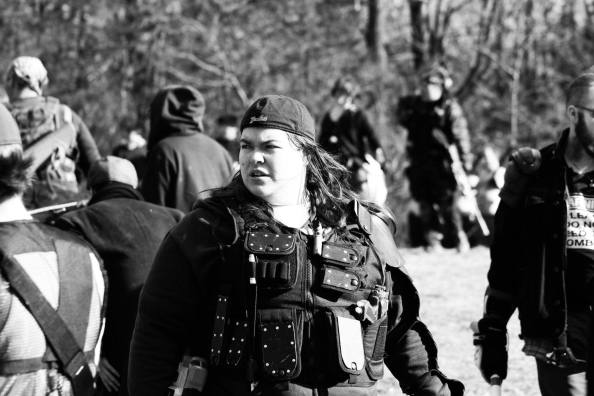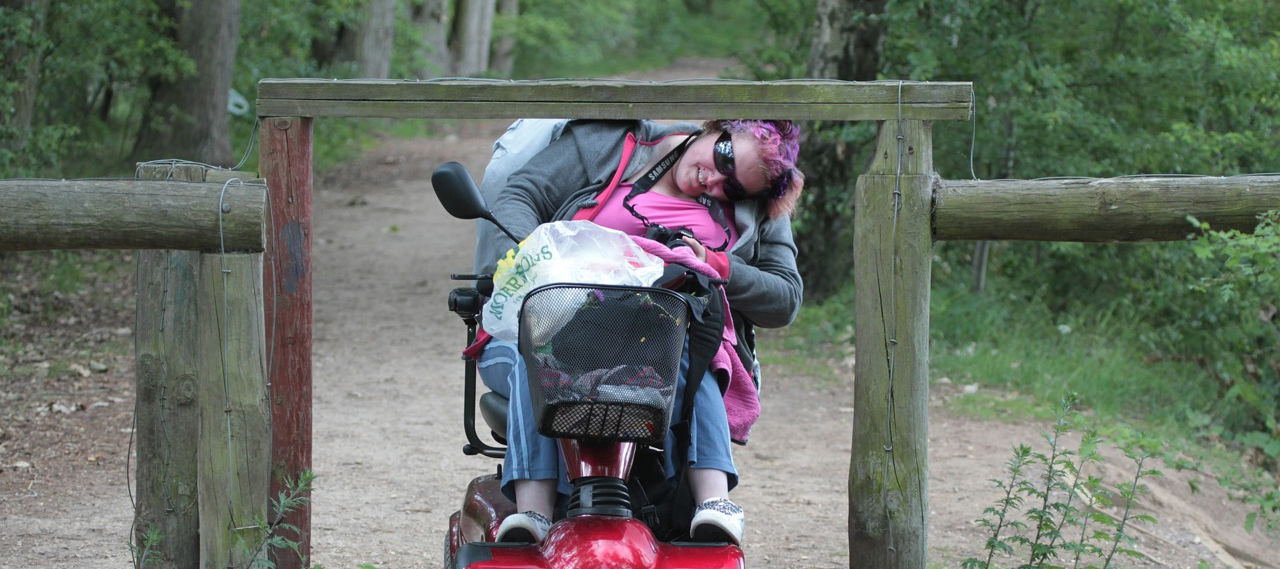Author: Shoshana Kessock
-

I’m Not Too Fat For Your Larp
in
So why do so many games still have atmospheres where people who are fat are mistreated? Where being fat marginalizes the positions you’re allowed to have?
-

The Absence of Disabled Bodies in Larp
in
How can we have our larps be inclusive for disabled participants? Shoshana Kessock explores ableism and solutions for larp designers and communities.